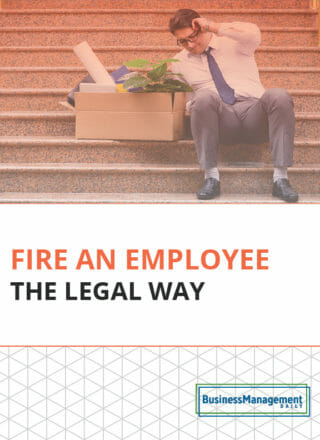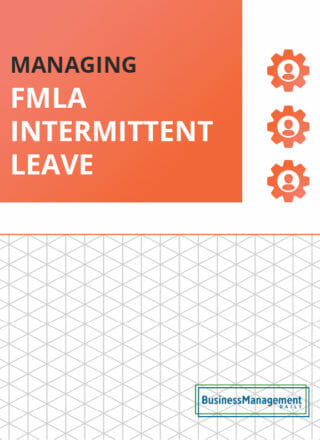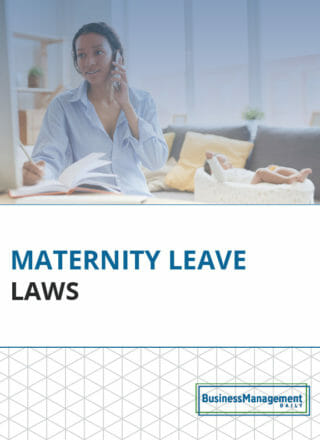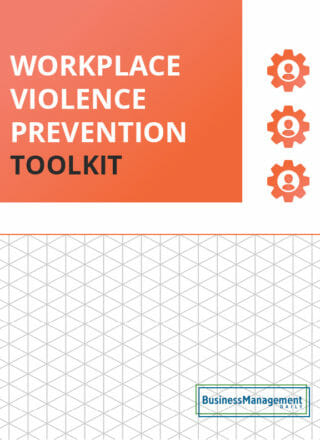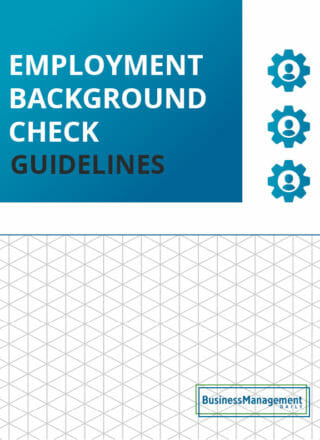Understand ableism, unconscious bias, and microaggressions – or face the consequences
Beyond workforce composition: Addressing subtle forms of bias
Failure to sweat the “small” stuff can lead to big problems. Companies continue to address diversity and inclusion issues. However, they need to examine more than just the composition of their workforce.
Instead, organizations must examine factors impacting employee well-being more deeply. Furthermore, they must work to eliminate ableism, unconscious bias, and microaggressions. Otherwise, they will face the consequences.
Harmful behavior can come in many forms – both obvious and more subtle. “In a nutshell, ignoring the direct and indirect comments, actions, and behaviors will result in legal action at some point; it’s simply a matter of when – not if,” says Karen Oakey, director of human resources at Fracture. Legal action isn’t the only harmful effect, however.
“Leading up to legal action, your organization will have increased turnover, low morale, and a toxic work environment resulting in lower productivity levels, collaboration, innovation, and creativity. These are all ingredients to a recipe for business failure.”
Handling potential problems begins with the ability to identify them, so let’s examine how to do so more closely.
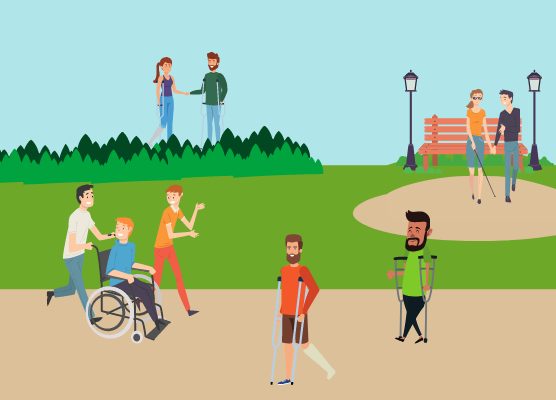 What is ableism?
What is ableism?
Roughly one-quarter of adults in the United States have some type of disability. Many people become uncomfortable around someone with a disability.
Moreover, despite this relatively substantial figure, they can view the individual as inferior.
Discrimination or prejudice against a person with a disability is known as ableism. Job candidates with disabilities may be seen as less capable, even with stellar qualifications.
Employers may also resist hiring, fearing accommodations will prove too complicated or the person’s presence will make customers uneasy.
Ableism injustices often arise in less blatant – but hurtful – forms.
Colleagues may, intentionally or not, treat the individual more like a child than a peer, look at him with pity, or make intrusive inquiries about medical history.
If the disability is not highly apparent, coworkers may question “how disabled” the person truly is or wonder aloud if someone is trying to gain certain privileges.
What is unconscious bias?
Most folks genuinely try hard to avoid stereotyping or treating others differently solely because of a factor such as gender, race, religion, or disability. Despite efforts, though, prejudice can occur outside of one’s awareness. These underlying assumptions or attitudes are known as unconscious bias.
A few of the ways in which unconscious bias (also known as implicit bias) shows up in the workplace include:
- Assuming an older employee will resist technological change or experience problems when learning something new.
- Giving a choice assignment to someone without kids because a parent wouldn’t want to work overtime.
- Presuming the youngest person in the room is not the team’s leader.
- Inadvertently passing over job applicants with non-white sounding names because they do not seem like a good fit with workplace culture.
Because they are triggered by the brain making quick decisions, unconscious biases “pop up” rather than arise from beliefs someone knows she possesses. The person displaying an unconscious bias may feel embarrassed or guilty when made aware, but reversing the tendency can prove difficult.
What is a microaggression?
While improper or insulting behavior can sometimes be obvious, other digs do not stand out as much. Instead, these microaggressions are put-downs or negative interactions that casually enter the everyday lives of people belonging to marginalized groups.
Many microaggressions occur in the choice of language people commonly use. For instance, you might say, “You’re so OCD” to someone who triple-checks her work. This may imply unnecessary carefulness. However, it also jabs at people who actually suffer from the disorder.
Other microaggressions may initially come off as compliments until thought about more carefully. You might praise a woman for negotiating “like a man.” Perhaps you tell a foreign-born colleague that you “barely noticed” their accent when they gave a speech.
Or, maybe you tell a wheelchair-using teammate that you “don’t even think of them as disabled.” However, these seemingly positive comments create a negative vibe. They imply that you had low expectations of their abilities in the first place.
While not as in-your-face as some prejudicial actions, resist the temptation to write microaggressions off as not a big deal. People facing microaggressions often experience many daily, and these small negative interactions create an overall negative experience.
“HR should be concerned about microaggressions because while they may seem subtle, the impact is not for those on the receiving end. Those who they target, if it happens often, may look to leave the company or remain but become disengaged and less likely to speak up,” says David Weisenfeld, J.D., legal editor at XpertHR.
Taking action against ableism, unconscious bias, and microaggressions
Businesses benefit when employees feel like they belong. These workers are engaged and absent less often. Furthermore, they speak well of their employer to others. As a result, they experience less stress and stay with the company longer than counterparts who see themselves as outsiders.
Likewise, seeking a heterogeneous staff is in a company’s best interest—and not simply for public image. Diversity offers higher collective intelligence and multiple approaches to decision-making and problem-solving.
Because ableism, unconscious bias, and microaggressions threaten these business advantages, organizations need to work on eliminating them. A good start is realizing that even “nice” people sometimes say or do things that negatively affect coworkers.
“In my experience, I have found that most times when ableism, unconscious bias, or microaggressions occur in the workplace, it’s not done with malicious intent,” Oakey says, but instead because the perpetrator is unaware of the potential harm done by their actions.
That said, she stresses that companies cannot accept anything less than treating people fairly, with kindness and consistency across all functions and processes in the workplace. “Hold all employees accountable for their actions, comments, and behaviors. Allow people to misstep, but provide corrective paths for them to acknowledge, learn, and grow.”
While training and other methods can help well-intentioned employees act more carefully, she warns you must be prepared to “cut loose those that resist aligning with your principles and values; they’ll do nothing but drag your team and company to negative places.”
Lastly, adopt a mindset that communication – not silence – is golden. As Weisenfeld notes, “HR should encourage employees who have been on the receiving end of a microaggression to raise the issue with the perpetrator privately. If they raise it with HR, you should thank them for speaking up and hear them out. The key is to create an atmosphere of trust where people feel comfortable bringing up these issues.”
More Resources:
Proximity bias in the workplace: What you see isn’t what you get
AI job descriptions: How to write them faster and avoid bias
What does DEI mean in todays workplace

